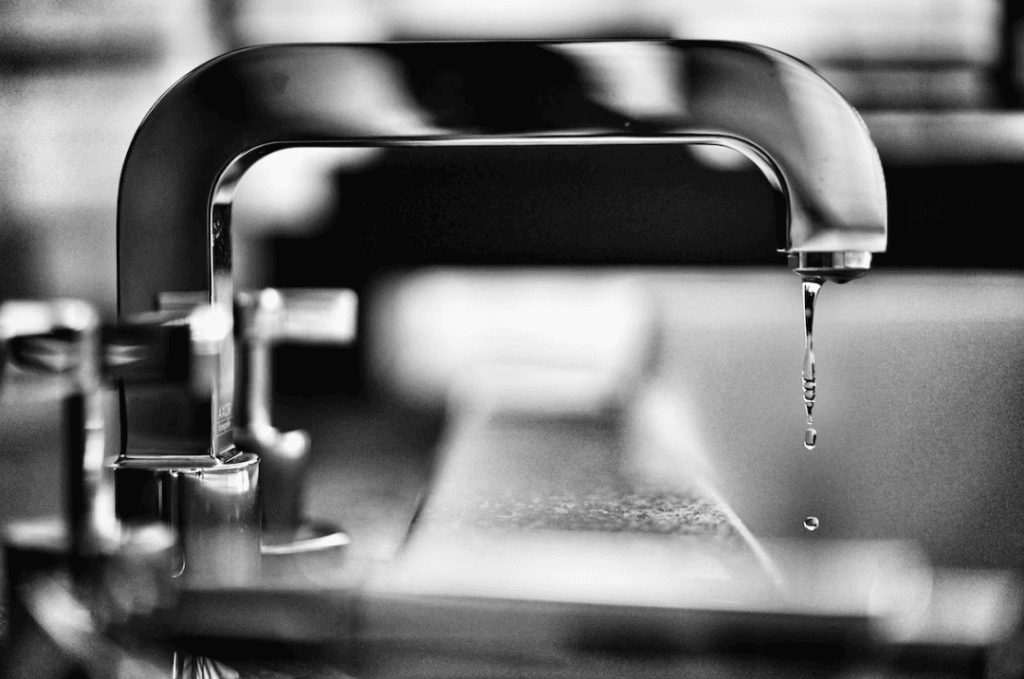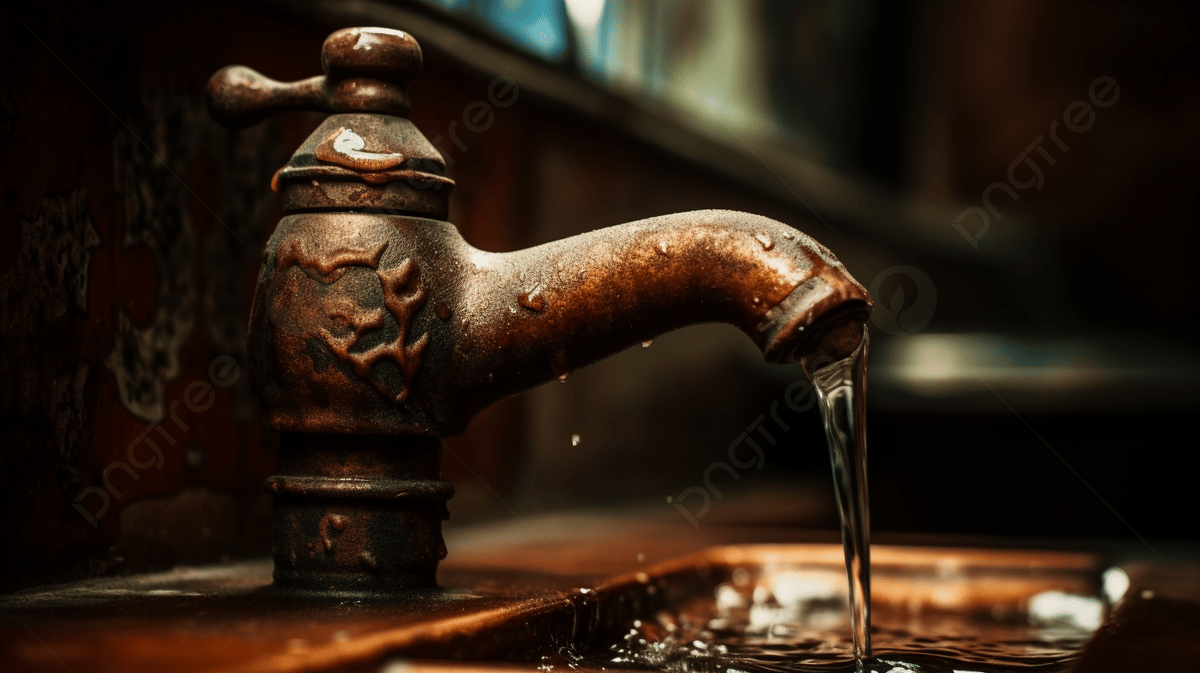Understanding the Implications of a Faulty Faucet
Understanding the Implications of a Faulty Faucet
Blog Article
Right here down the page you can discover additional quality tips about How to Fix a Leaky Faucet.

Introduction
A leaky tap may seem like a small inconvenience, but its effects extend much beyond the occasional drip. Recognizing the effects of a dripping faucet is critical for both house owners and the environment. In this article, we'll check out the various influences of this typical house problem and why resolving it quickly is essential.
Root Causes Of Leaky Faucets
Leaky taps can arise from a range of factors, consisting of wear and tear, high water pressure, and deterioration. Over time, the continuous use faucets can cause damaged seals and gaskets, triggering leakages to create. Additionally, excessive water pressure can place pressure on plumbing fixtures, resulting in leakages. Deterioration and rust can likewise deteriorate tap components, making them susceptible to leak.
Water Wastefulness
One of the most considerable effects of a dripping faucet is water wastage. Even a little drip can amount to gallons of drainage over time. This not only drives up water expenses yet additionally adds to water scarcity and environmental deterioration. Attending to dripping taps without delay is essential for saving this priceless resource and reducing its effect on the earth.
Financial Impact
In addition to wasting water, leaky taps can also have a significant financial impact. Increased water bills are a direct consequence of water wastage, costing homeowners hundreds of dollars annually. Moreover, the price of fixing water damages triggered by leaks can be substantial, especially if left unattended for an extensive duration.
Ecological Effect
The environmental impact of leaky taps expands beyond water wastage. By conserving water, homeowners can add to more comprehensive efforts to reduce water scarcity and shield all-natural ecological communities. Lasting alternatives such as rain harvesting and water-efficient components can further reduce the ecological footprint of household water use.
Technological Solutions
Advancements in modern technology have resulted in the growth of clever faucets and water-saving tools that assist minimize water wastefulness. Smart faucets make use of sensors to detect activity and change water circulation appropriately, decreasing waste without sacrificing ease. Water-saving gadgets such as aerators and low-flow showerheads are additionally efficient in conserving water without jeopardizing performance.
International Perspectives
While dripping faucets might look like a local issue, they add to broader international challenges such as water deficiency and climate modification. In areas already encountering water tension, every decline counts, making leak prevention and fixing vital. By taking on water-saving practices and purchasing lasting innovations, home owners can play their part in resolving these pressing global problems.
Governing Steps
Federal government laws play an important duty in reducing the effect of dripping taps and promoting water preservation. From developing codes that require water-efficient fixtures to water-saving motivations and refunds, policymakers have a series of tools at their disposal. By carrying out and enforcing these policies, federal governments can ensure that property owners prioritize water preservation in their day-to-days live.
Community Influence
Dealing with leaking taps needs cumulative initiatives at the community level. By increasing recognition concerning the relevance of water conservation and providing resources for leak detection and repair work, regional authorities can equip home owners to do something about it. Campaigns such as water-saving discount programs and leakage discovery projects can incentivize actions adjustment and advertise liable water use.
Instance Researches
Real-life examples of the effect of leaking faucets highlight the importance of proactive upkeep and prompt repair services. From water damage to escalating water costs, the effects of overlooking leakages can be serious. By sharing these case studies, homeowners can much better comprehend the importance of dealing with leaky taps immediately.
Educational Campaigns
Educational campaigns play an important role in elevating recognition regarding the impacts of leaking faucets and advertising water preservation practices. Via workshops, workshops, and on-line resources, home owners can find out exactly how to identify and repair leakages themselves. By empowering people with knowledge and tools, academic campaigns can foster a society of responsible water use within neighborhoods.
Health Concerns
Leaky taps can create conducive environments for mold and mildew and mildew development, positioning health and wellness risks to owners. The existence of mold can worsen breathing issues and allergic reactions, particularly in vulnerable individuals. In addition, water damages resulting from leakages can jeopardize the architectural integrity of structures and cause expensive repairs.
Do it yourself vs. Professional Repair service
When faced with a leaky faucet, homeowners commonly debate whether to attempt fixings themselves or hire a specialist plumber. While DIY repair services can save cash, they might not always attend to the underlying problem effectively. Expert plumbers have the know-how and tools to identify and deal with leakages correctly, making sure lasting remedies and peace of mind for property owners.
Safety nets
Stopping dripping faucets needs regular maintenance and positive procedures. Straightforward jobs such as changing damaged washing machines and seals can prevent leaks from developing. Furthermore, updating to high-grade components and reducing water stress can help prolong the life expectancy of faucets and reduce the risk of leaks.
Conclusion
In conclusion, the effects of a leaky faucet extend far beyond the occasional drip. From water wastage and increased water costs to health problems and ecological influence, the effects of overlooking leakages can be substantial. By resolving leaking faucets quickly and adopting water-saving techniques, homeowners can minimize these results and add to an extra lasting future.
Causes and Consequences of a Leaky Faucet
Although it’s a relatively common issue, many people don’t know what causes a leaky faucet. Additionally, few homeowners are familiar with the consequences of leaky taps, causing them to ignore the problem. However, much of the damage caused by leaky faucets can be prevented by reacting swiftly.
In this article, we’ll provide a better understanding of leaky faucets by listing their causes and consequences.
What causes a leaky faucet?
Many internal pieces of the faucet responsible for turning the water on and off can break. Consequently, they can’t function correctly and will give rise to leaks. Here are a few common causes of leaks:
Loose washers
The washer opens and closes when turning the faucet on and off. This movement produces friction, causing wear and tear. Over time, the washer gets worn out and won’t fit closely to the valve seat, leading to a leak.
Worn out O-rings
O-rings seal gaps between the internal parts of the faucet. If they fail, water can seep through these gaps and result in a leaky faucet.
Poor seals
Many faucets have inlet seals that let water freely flow when turning the faucet on and stop when it is turned off. If there’s too much sediment or water pressure, the seals can suffer damage and cause the faucet to leak.
Corroded valve seat
The valve seat sits at the bottom of the faucet’s mechanism. It plays a part in turning the tap on and off, and it can corrode due to repeated usage. If so, water will be dripping around the handle area.
Worn out faucet cartridge
Single-handle faucets have a faucet cartridge that helps control the water flow. Due to normal wear and tear, the cartridge can start leaking.
What are the consequences of a leaky faucet?
High water bills – Dripping faucets can lead to much higher water bills due to the amount of water wasted. In particular, as much as 17 gallons of water can be wasted during a single day if a faucet has about one drip per second. Mold and rot – Mold can develop in any moist area, making the area around leaky faucets an ideal breeding ground. Also, any wooden elements affected by the leak can eventually rot. Overflows and drain clogs – If the leak persists for a while, it can cause a lot of stress on the plumbing system and lead to overflows and drain clogs. Water stains – Minerals accumulating in the sink due to a leaky faucet can be quite tricky to remove. In the worst-case scenario, you might need to buy a new sink. https://www.jimmyjoesplumbing.com/blog/causes-and-consequences-of-a-leaky-faucet

I'm just very excited about and I really hope you enjoyed my page. You should set aside a second to share this blog if you appreciated it. Thanks for your time. Kindly check our blog back soon.
Report this page